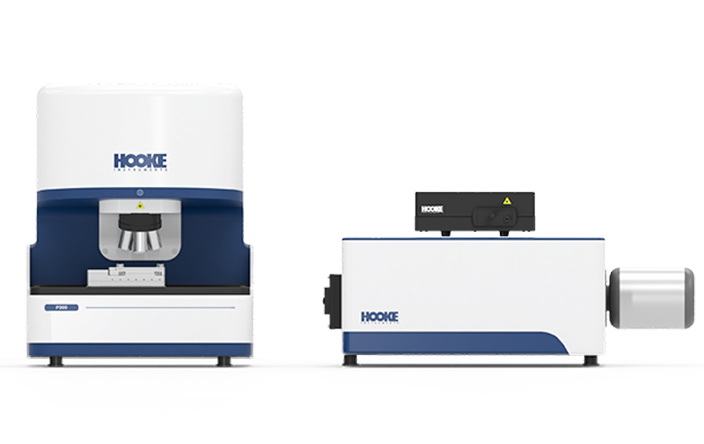The accumulation of microplastics and nanoplastics in crops and animals has raised concerns about the health risks induced by these particles. The P300 Confocal Raman Spectrometer is capable of providing a one-stop solution for detecting the accumulation of microplastics in organisms, as well as the metabolic abnormalities and pathological damage they cause. It offers technical advantages such as label-free detection, real-time analysis, high sensitivity, and efficiency.
-
Rapid Particle Size Analysis

-
Accurate Microplastic Types Identification

-
Damage-free Histopathological Specimen Analysis

-
In-depth Mechanism Research

New Strategies for Investigating the Mechanisms of Microplastic Toxicity

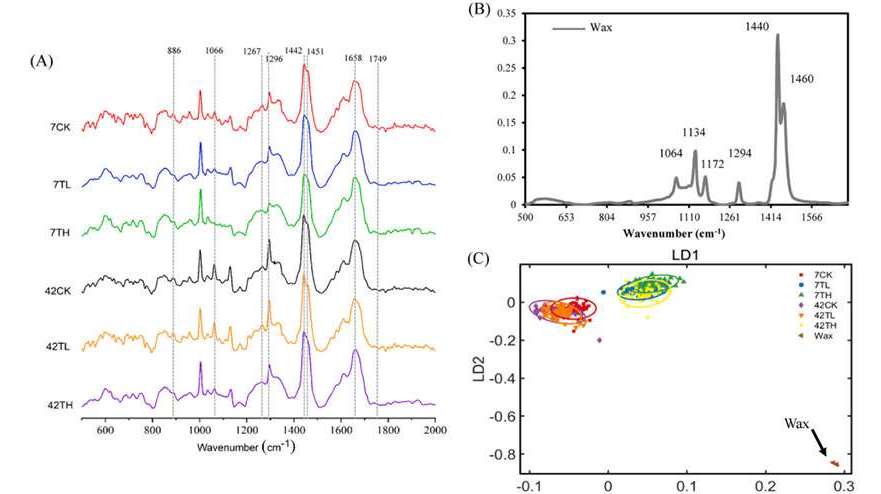
Raman spectroscopy, as a common method for detecting microplastics, can accurately identify and quantify the accumulation of microplastics in biological samples. In addition to characterizing the fingerprint peaks of microplastics, the P300 Confocal Raman Spectrometer can identify metabolic abnormalities and compositional changes in tissues, thereby uncovering the tissue damage caused by microplastics in mammals. Moreover, the instrument incorporates a deep learning algorithm, which significantly boosts detection efficiency and accuracy, offering a robust technical solution for investigating the mechanisms of microplastic toxicity and their long-term impacts on organisms.
Nanoplastic Detection Solution

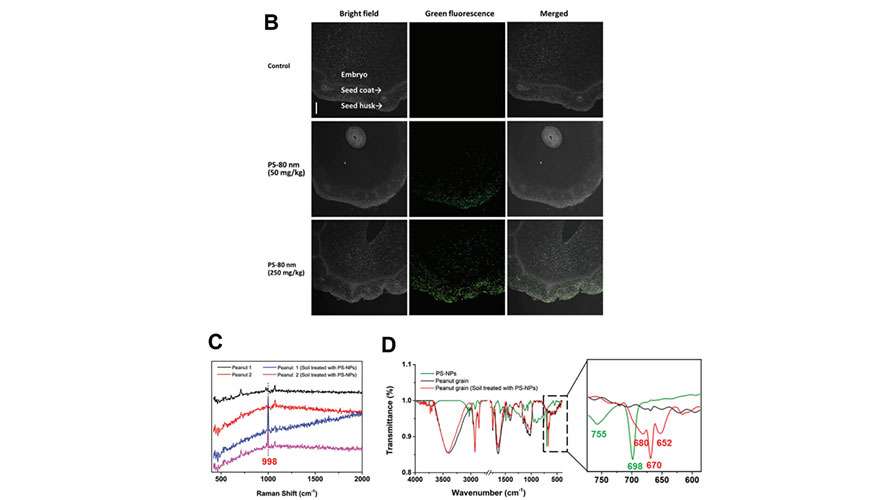
The P300 Confocal Raman Spectrometer, combined with the S3000 Ultrafast 3D fluorescence Imaging System, can overcome the size limitations of Raman spectroscopy for microplastic detection, enabling the detection of microplastics as small as ~100 nm. These advanced tools provide innovative technical strategies for investigating the accumulation of nanoplastics, which are below the optical diffraction limit, in tissues.
Featured Products
-

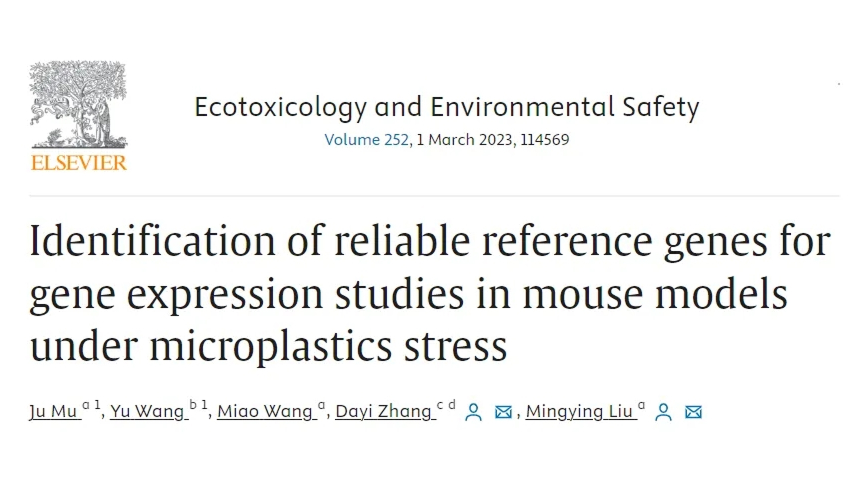 Ecotoxicology and Environmenta Safety丨Identification of reliable reference genes for gene expression studies in mouse models under microplastics stress2024.03.07
Ecotoxicology and Environmenta Safety丨Identification of reliable reference genes for gene expression studies in mouse models under microplastics stress2024.03.07 -

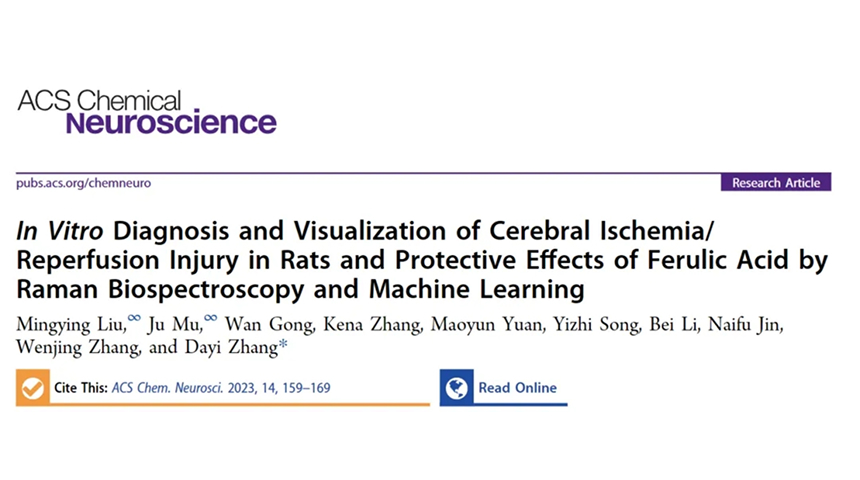 ACS Chemical Neuroscience丨In Vitro Diagnosis and Visualization of Cerebral Ischemia/Reperfusion Injury in Rats and Protective Effects of Ferulic Acid by Raman Biospectroscopy and Machine Learning2023.04.25
ACS Chemical Neuroscience丨In Vitro Diagnosis and Visualization of Cerebral Ischemia/Reperfusion Injury in Rats and Protective Effects of Ferulic Acid by Raman Biospectroscopy and Machine Learning2023.04.25 -

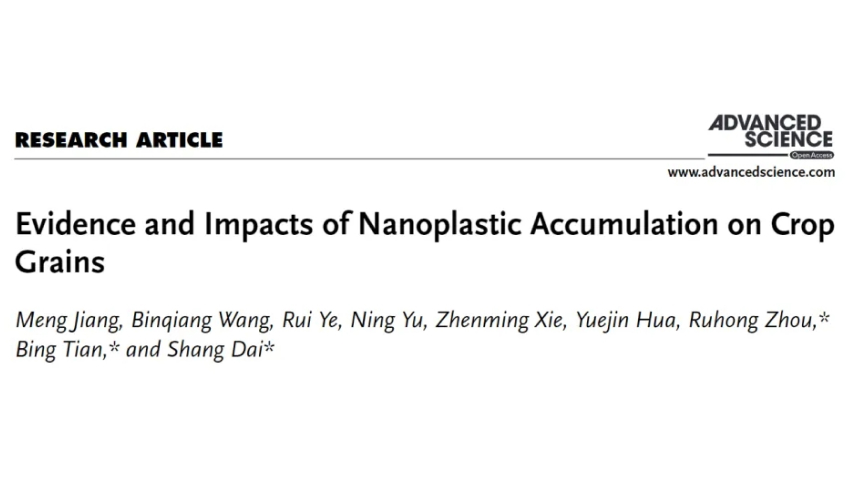 Advanced Science丨Evidence and Impacts of Nanoplastic Accumulation on Crop Grains2022.10.28
Advanced Science丨Evidence and Impacts of Nanoplastic Accumulation on Crop Grains2022.10.28












